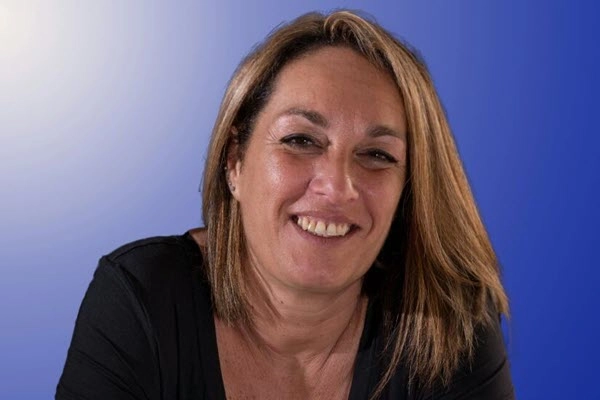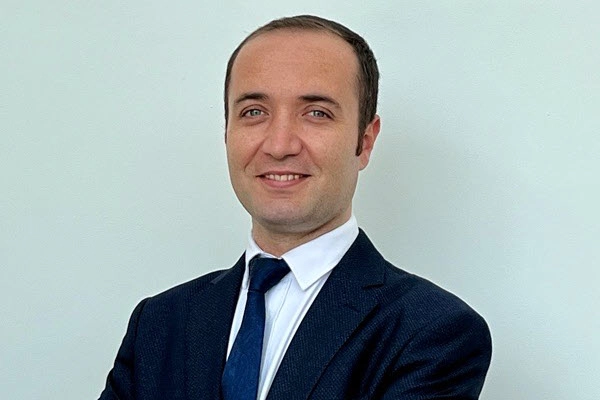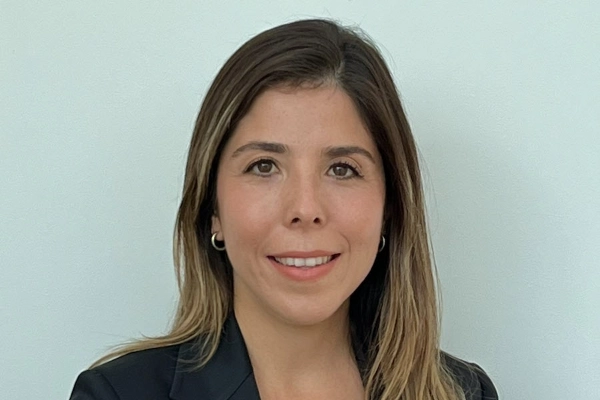Application Methods and Corresponding Product Characteristics
Heraeus Precious Coatings produces metallo-organic precious metal preparations for a large variety of application methods employed both for decorative purposes and technical uses.
Brush application
Applying preparations via brush is the most traditional method for ceramic and glass items. An important characteristic of our products for brush application are their excellent flowing properties. These enable the painter to draw long lines that don’t break off. The materials must provide sharp contours and at the same time the applied layer needs to be able to moderately even out in order to create a very smooth surface before firing – after firing, this turns into a mirror-like, shiny metallic film.
Direct screen-printing
Our products for direct screen-printing consist of pastes and show excellent printing characteristics. For fine line printing, a higher thixotropy (structure viscosity) of the pastes is necessary. Printing viscosity is equally important. This differs depending on the printing speed and the expected homogenization of the printed layer and the substrate surface - after printing, but before firing.
Indirect screen-printing (decal production)
Our indirect screen-printing products have similar characteristics to our direct screen-printing products. However, in addition, the pastes have to interact well with the cover coat applied on top. As far as the drying time is concerned, a fine balance needs to be achieved. On the screen, during the printing process, the decorator expects that the paste can be printed for a long time without significant change of the printing viscosity - little evaporation. After printing the same material should dry quite quickly, so that the next (color) layer can be printed - fast evaporation. Excellent decal pastes find a good balance between long printability and good drying properties.
Machine lining
Precious metal pastes used for machine lining on neoprene rolling systems require very special characteristics. These pastes have a high structure and viscosity and are quite sticky. They are designed to form a rather homogenous material layer on the rounded edges of ceramic plates after only a few rotations (revs). Our materials are specially designed for this kind of application.
Spraying
For spraying processes, liquid precious metal preparations are typically used. Prior to spraying, the liquid materials designed for brush application need to be diluted by about 20-30% with a thinner. The spraying technique is used when large areas need to be covered. The exact setting of the spraying gun, nozzle, pressure and desired layer thickness need to be determined individually.
Dipping
The dipping process is used for specific technical applications, most commonly in the lighting industry. The precious metal materials used in dipping processes have an extremely low viscosity and are designed to bring about optimal equalization of the metal layer. Dipping is not a simple process. A well-balanced material layer must be achieved: not too thick, not too thin.
Pad printing
Pad printing pastes are transferred with the help of a silicon pad directly onto the substrate. Normally, the substrate surface is uneven and so unsuitable for direct screen printing. Then, either cold pad printing or semi thermoplastic (“hot”) pad printing is the application method of choice. Cold pad printing pastes are processed at room temperature. Semi thermoplastic pad printing pastes are pre-heated and transferred thanks to temperature differences between material, silicon pad and substrate surface.




